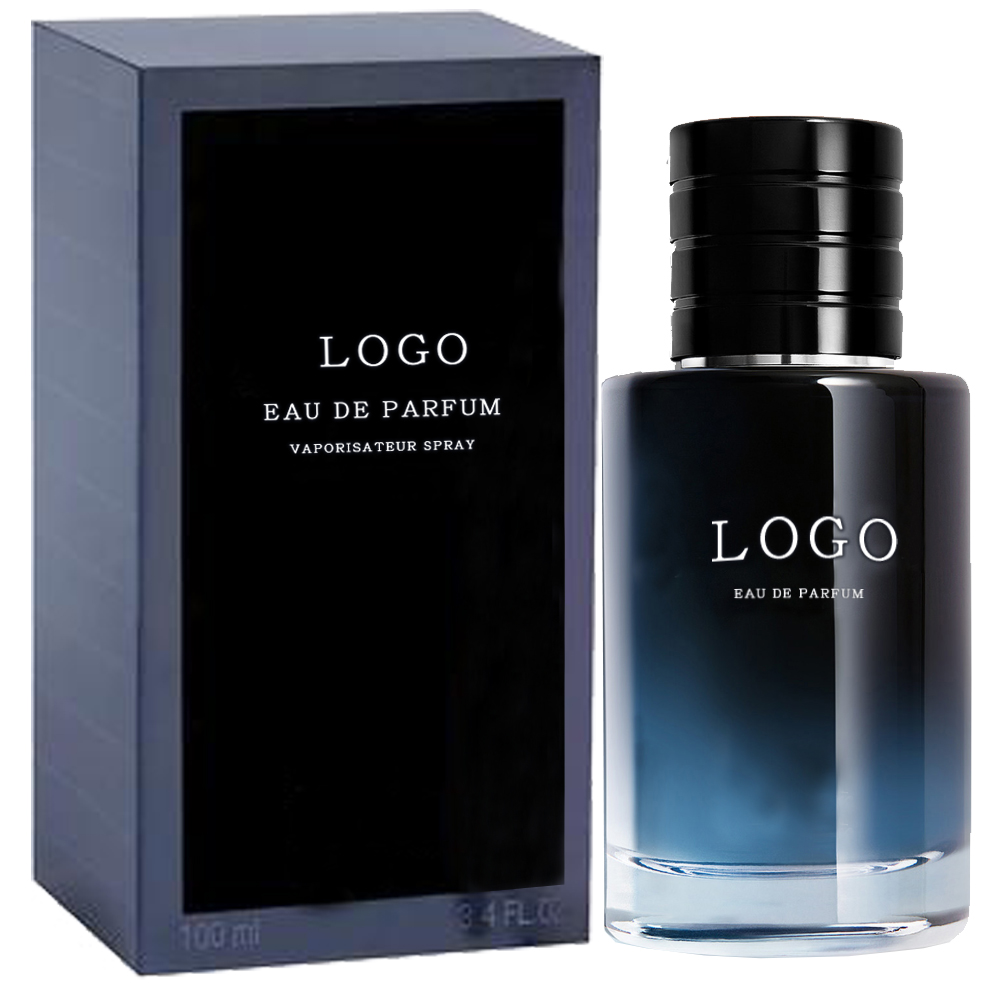Launching a fragrance line is an exciting venture, but a clear understanding of private label perfume cost is essential for success. Many aspiring brand owners ask: “What is the real investment?” The answer depends heavily on your partnership with an OEM perfume manufacturer and their Minimum Order Quantity (MOQ) requirements. This guide provides a transparent breakdown of the costs involved, helping you create an accurate budget and make informed financial decisions. Understanding these figures is the first practical step outlined in our Ultimate Guide to OEM & Private Label Perfume Manufacturing.

What is MOQ and How Does It Affect Cost?
Minimum Order Quantity (MOQ) is the smallest number of units a manufacturer requires you to purchase per fragrance SKU. It is the primary factor influencing your upfront investment.
- Why MOQ Exists: MOQs allow OEM perfume manufacturers to produce cost-effectively. Setting up production lines for small batches is inefficient.
- Typical MOQ Ranges: MOQs can vary dramatically. They might range from a few hundred units for simple private label perfume projects to several thousand for complex custom formulations. The specific MOQ will be a key point of discussion with any potential partner.
A lower MOQ reduces your initial risk but may result in a higher cost per unit. Conversely, a higher MOQ lowers the cost per unit but requires a larger capital commitment.
Key Factors That Influence Your Private Label Perfume Pricing
The total private label perfume cost is not a single number. It’s the sum of several components:
- Fragrance Formulation Complexity: A simple, single-note scent costs less to produce than a complex, multi-layered fragrance using rare or imported raw materials.
- Packaging Choices: The bottle, cap, box, and label design significantly impact cost. A standard stock bottle is far less expensive than a custom-designed glass vessel.
- Concentration of the Perfume: Eau de Parfum (higher oil concentration) is more expensive to produce than Eau de Toilette.
- Manufacturer’s Expertise and Overheads: A manufacturer with state-of-the-art facilities and experienced perfumers may charge more, but they also deliver higher quality and reliability.
Creating a Realistic Budget for Your Fragrance Line
To avoid surprises, build a comprehensive budget that includes:
- Manufacturing Costs: The per-unit cost quoted by the OEM perfume manufacturer multiplied by your MOQ.
- Branding and Design: Fees for graphic designers to create your logo and packaging artwork.
- Business Registration and Legal Fees: Costs for setting up your business entity and trademarking your brand name.
- Marketing and Launch Expenses: Budget for photography, website development, and initial marketing campaigns.
Conclusion: Smart Investment Leads to Brand Success
Understanding private label perfume cost is not about finding the cheapest option; it’s about understanding the value behind the price. A transparent OEM perfume manufacturer will help you navigate these costs to find the best balance between quality, quantity, and budget. This financial clarity is the foundation upon which you can build a thriving brand.
With your budget in place, the next step is understanding the production magic. Learn what goes into creating your scent in our behind-the-scenes look at how perfume is made.